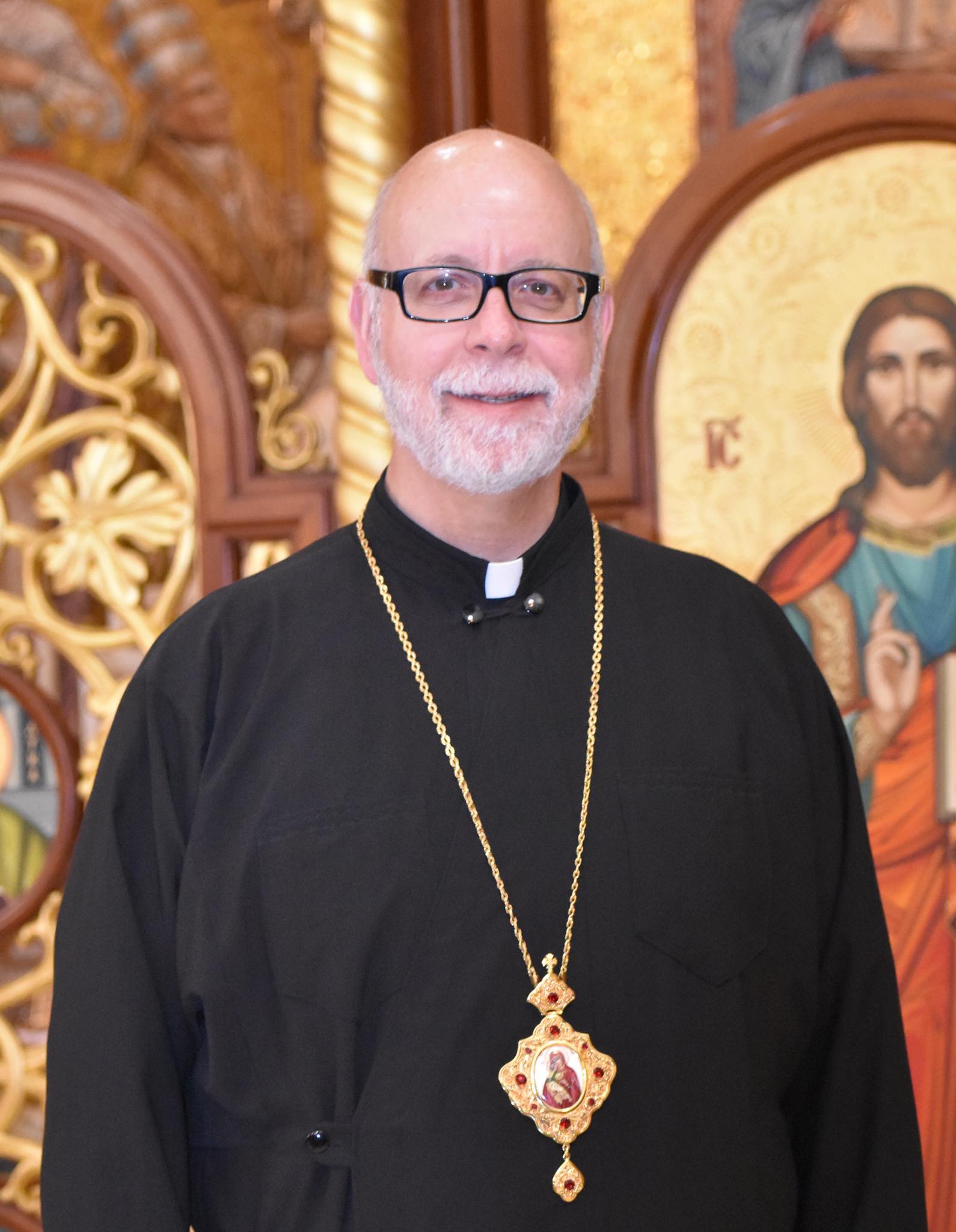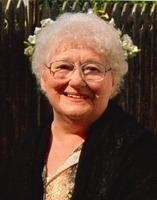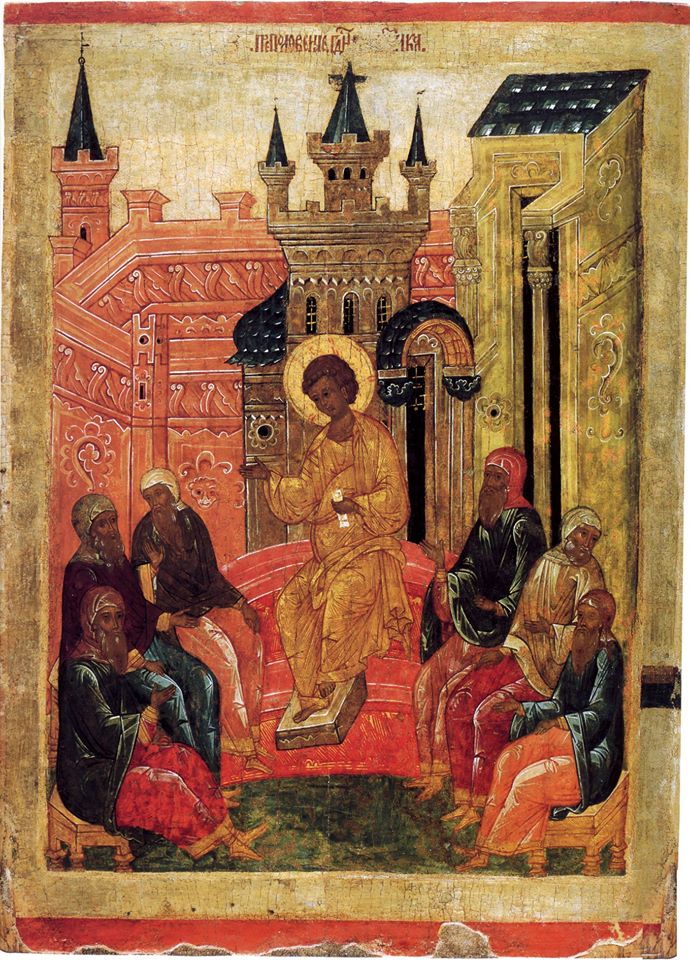Christ is risen!
Sunday, 5/24, Sunday of the Fathers of the First Council
10:00 a.m. For the people of the parish
Moleben to the Mother of God
Epistle: Acts of the Apostles 20:16-18 and 28-38
Gospel: John 17:1-13, Tone 6
Monday, 5/25, Third Finding of the Head of John the Baptist
9:00 a.m. +Eugenia Dobczansky (Pan.) requested by Christine and Myron Melnyk
Tuesday, 5/26, The Holy Apostle Carpus
9:00 a.m. + Eugene Koziupa requested by Bohdan Sowa
Wednesday, 5/27, The Holy Bishop Martyr Therapont
9:00 a.m. +Allan & Mary Ann Yursha requested by the Chermak family
Thursday, 5/28, the Holy Bishop Nicetas
9:00 a.m. +Stefan Daniw requested by Bohdan Sowa
Friday, 5/29, Our Venerable Martyr Theodosia
9:00 a.m. +Mary Ann Yursha requested Barbara Schwartz
Saturday, 5/30, The Holy Prophet Isaac
9:00 a.m. +Stefan Brochinsky requested by Bohdan Sowa
9:30 a.m. Sorokousty
Sunday, 05/31, Pentecost Sunday —the outpouring of the Holy Spirit
10:00 a.m. For the people of the parish
Moleben to the Mother of God
Epistle: Acts of the Apostles 2:1-11
Gospel: John 7:37-52 and 8:12, Tone 7
 Today (May 19th), our Bishop Paul Chomnycky, OSBM, the Eparch of Stamford, celebrates his birthday.
Today (May 19th), our Bishop Paul Chomnycky, OSBM, the Eparch of Stamford, celebrates his birthday. We are sad to announce that Mary Ann (Herceg) Yursha, 82, of Wallingford, died Wednesday, May 13, 2020.
We are sad to announce that Mary Ann (Herceg) Yursha, 82, of Wallingford, died Wednesday, May 13, 2020. Today, May 6, in the Byzantine Church following the Gregorian calendar, it is the feast of half-Pentecost (half of the Pascal Time). Now is the time to think about what gift of the Holy Spirit you are going to ask for (there are 7).
Today, May 6, in the Byzantine Church following the Gregorian calendar, it is the feast of half-Pentecost (half of the Pascal Time). Now is the time to think about what gift of the Holy Spirit you are going to ask for (there are 7).